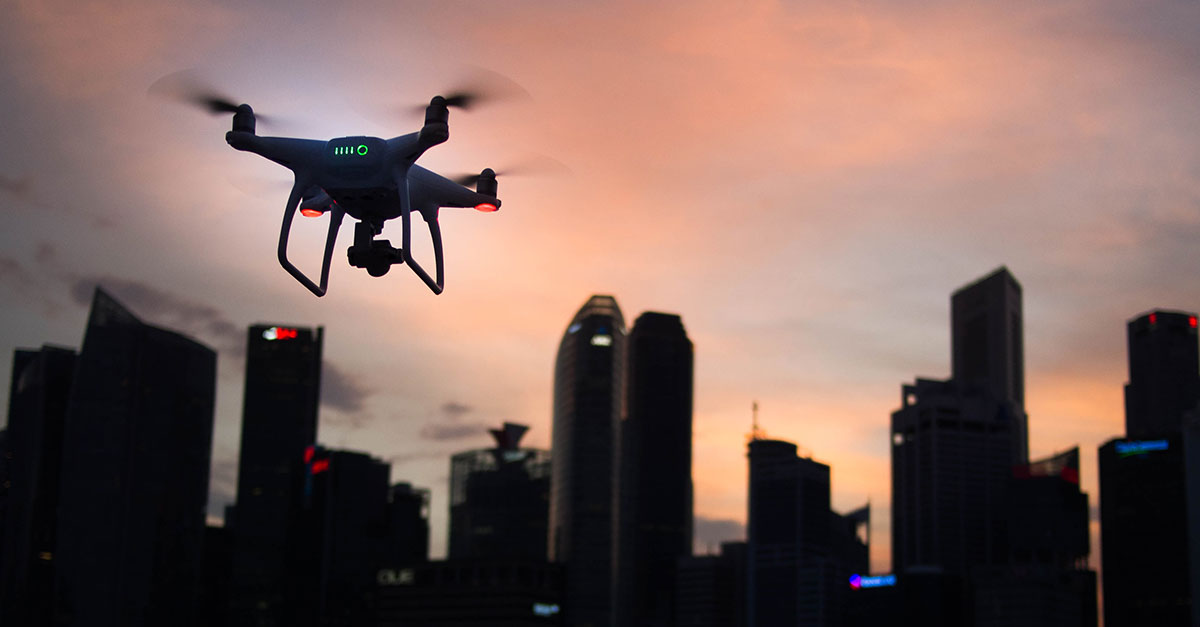
May 11, 2020
The FAA published its long-awaited Remote ID proposed rule in late 2019, soliciting more than 50,000 public comments. NBAA considers Remote ID to be the foundation for safety, national security and operational efficiency, but what are the key benefits to and challenges of Remote ID in unmanned aircraft system (UAS) integration to the National Airspace System? These and other questions and concerns were raised in comments NBAA submitted to the FAA March 2, regarding the agency’s proposed rule.
Heidi Williams, NBAA’s director of air traffic, moderated the May 11 NBAA News Hour webinar, which looked at this issue. She was joined by Christian Ramsey, president of uAvionix, and Jacob Ruytenbeek, director of government affairs for AirMap.
Remote ID is the ability of a UAS to provide tracking and identification information while in flight, and becomes more important as beyond visual line-of-sight operations expand.
Ruytenbeek explained Remote ID has two key value propositions:
- Security – including ensuring security near critical infrastructure
- Safety – including deconflicting both manned and unmanned traffic
Williams noted while the recent notice of proposed rulemaking answered some concerns, challenges remain related to standard setting and implementation of Remote ID. For example, NBAA identified in its public comments that details around data sharing, privacy of data and data accessibility are still unclear. Data privacy in particular is a hot topic.
“There is a clear parallel example in business aviation with regards to the privacy of business operations when it comes to things like crowd-sourced ADS-B data,” explained Ramsey, which allows tracking of aircraft by aviation enthusiasts but can become a business intelligence issue.
The new Limited Aircraft Data Displayed (LADD) program, a follow-on to the Block Aircraft Registry Request (BARR) program, sets a precedent for Remote ID privacy considerations.
Another challenge to the Remote ID proposed rule is the technical nature of the topic, with two technology options – broadcast (such as WiFi or Bluetooth) or network. A Remote ID cohort of several companies have been tasked by the FAA to assist in developing technology requirements through Remote ID.
ASTM International has a proposed standard on the table, using technology based on WiFi and Bluetooth.
Panelists requested attendees provide NBAA and individuals on the Remote ID Cohort with feedback and ideas regarding means of compliance, since working together will result in a better solution.
Williams noted due to the large number of comments, the FAA will likely allow for future comments and feedback, and three-to-four year implementation horizon is expected.


 International Business Aviation Council Ltd.
International Business Aviation Council Ltd.